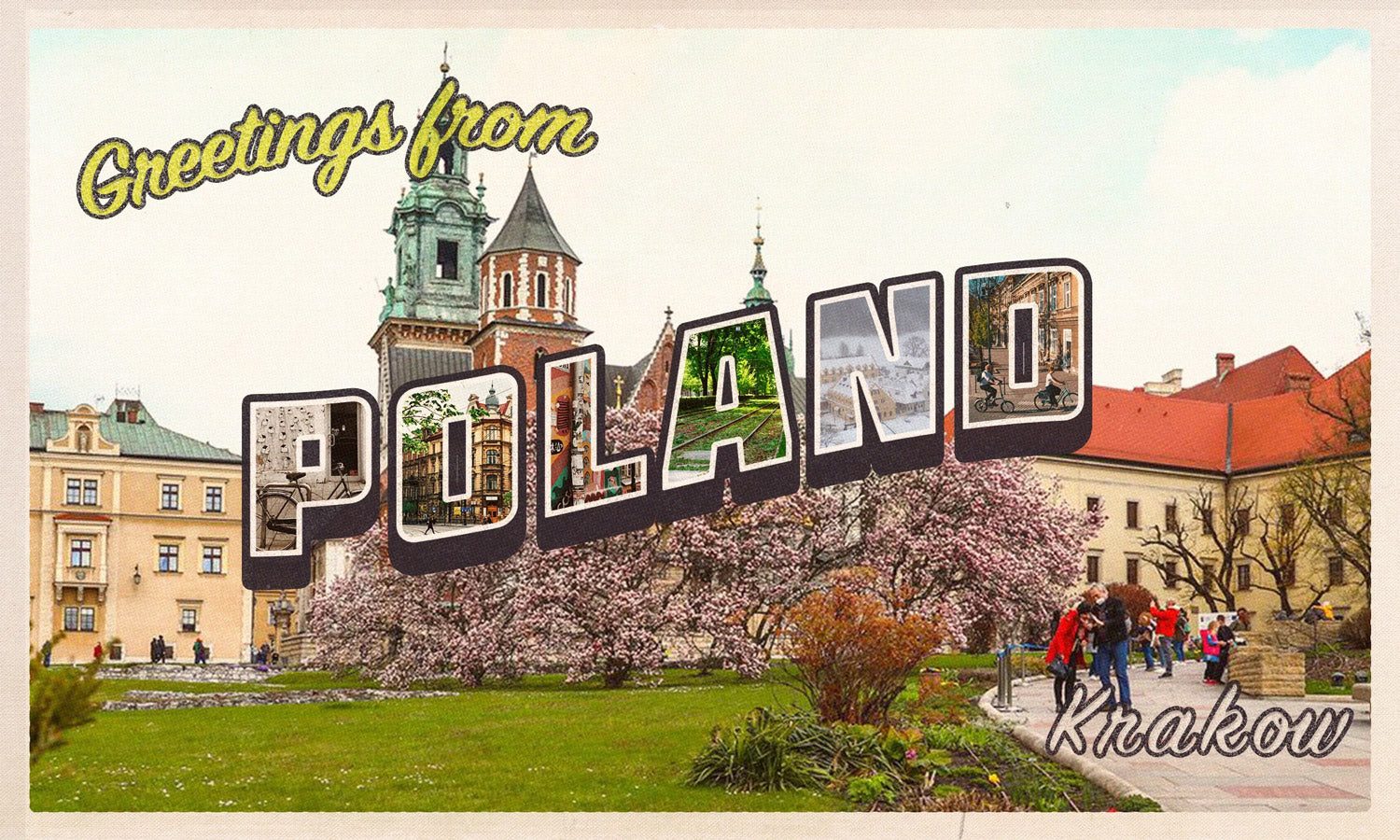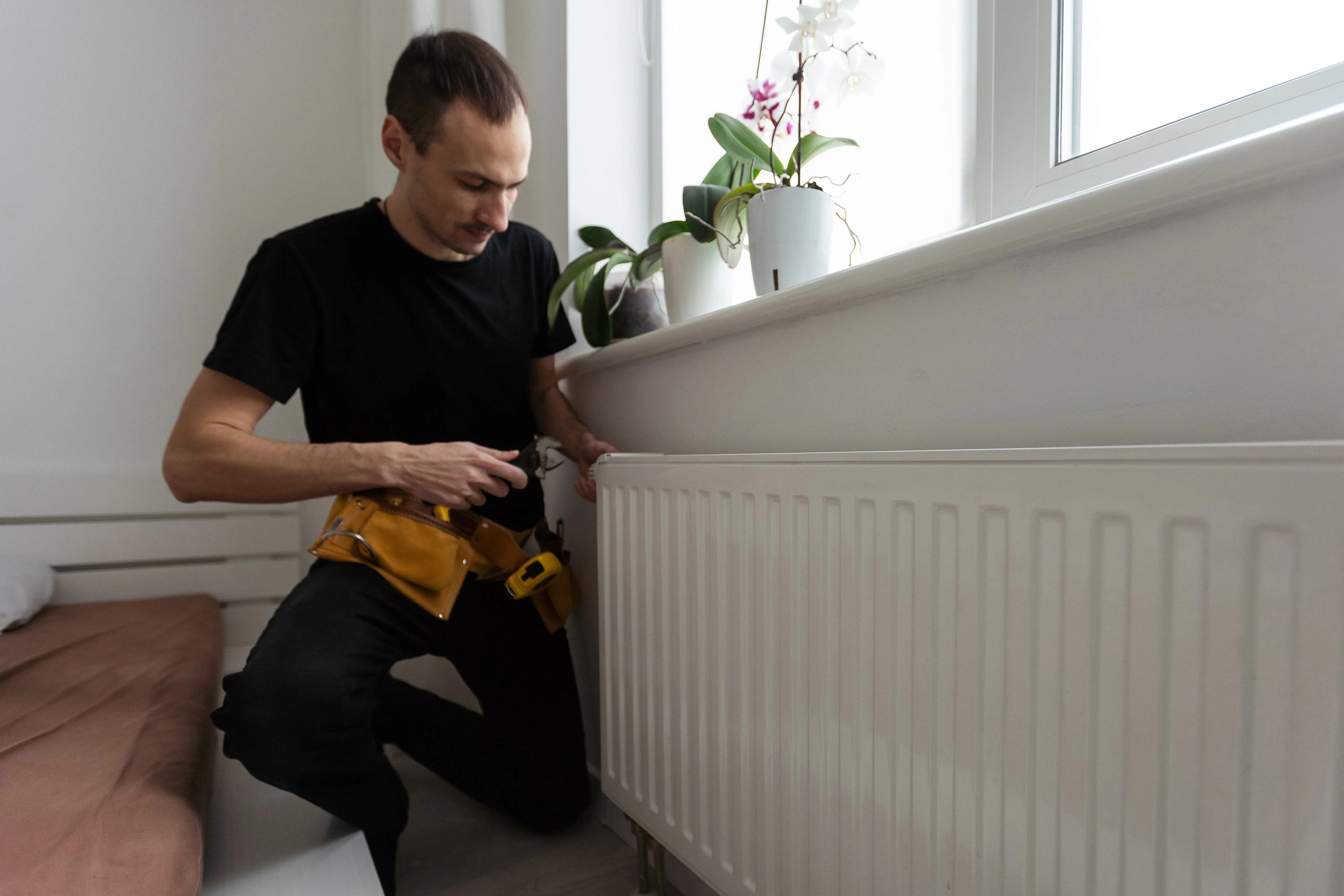
A 4°C world - Could We Be Saying Goodbye To Our Favourite Snowy Vacations?
With global temperatures rising, we could be saying goodbye to some of our favourite snowy getaways within the next century. Our experts investigated which of our favourite tourist hotspots are most at risk of no longer seeing snow if we reach a four-degree world. 
Snowy tourist destinations we’re most at risk of losing by 2100
Climate change is a growing concern and hot topic within the UK media. Over one hundred and ninety-two million news articles have been written on the topic to date. According to The Intergovernmental Panel on Climate Change, climate models predict that we’re currently on track for a heating of somewhere between 3°C and 4°c by 2100, with professionals warning that this is an optimistic prediction. So, what would a four-degree world look like? Rising sea levels causing cities to disappear, frequent extreme weather spells including disruptive storms and intolerable heat waves. If we don’t meet our carbon emissions goals globally, the next generations are set to witness extreme damage. They may also not be able to enjoy a ski season in the French Alps or a sledge ride in Austria… The Met Office states that for snow to fall and stick the temperature needs to be 2°C or below. We’ve analysed average winter temperatures around the globe to find out which of our favourite tourist destinations could end up being more bikinis and flip-flops than puffer coats and mittens if we don’t change our behaviours and stay on track for a four-degree world. To show our results we’ve reimagined vintage postcards that show the change that may take place. Take a look at whether your favourite winter wonderland makes the list...
France, Lyon

Lyon is the second biggest tourist destination in France with six million people visiting every year. Around four hours from the famous French Alps, it’s a great spot for those who enjoy skiing. The average temperature during winter is around 2.5-3°C, meaning this would rise to 7°C. 
Zurich, Switzerland

Many people visit Switzerland from September to March to make the most of the winter sports on offer. However, with an average winter temperature of 1°C, this means that snow may not be able to fall and stick if Switzerland heats up and has 5°C winters. 
Krakow, Poland

From December to mid-March the ground is usually covered with snow in Poland. Tourists are told to pack lots of layers and warm accessories for their trip. The average winter temperature is a chilly -1°C, which could rise to 3°C in a four degree world. At least our suitcases may be lighter... 
Vienna, Austria

Vienna has had snow - at least 1-to-two centimetres - every year since 1953. Currently, the average winter temperature is 1°C, so a 4°C world would have the country at 5°C winters. And with over two million inhabitants, this outlook could cause damage to their daily lives, especially with surrounding sea levels rising. 
Reykjavik, Iceland

In Iceland, the inhabitants are used to average winter temperatures of -0.5°C. Visitors go to admire the classic Nordic views such as snow-covered volcanoes and ice fields. Unfortunately, these views may not be around for the next generation to see. If we move towards a 4°C world we won’t see snow fall and stick in Iceland as it does now. 
What can we do to help?
It’s sometimes hard to see where we can help when it comes to global issues, but there are small steps we can make to help reduce our own carbon emissions, which contributes to rising temperatures and climate change. One of the first places you can turn is to look at how you run your home. Here are a few tips for how you can do your part in reducing emissions:
- Ensure you’ve got all your windows and doors shut before you turn on your heating. Quite often it’s a pesky window at the back of a house that’s open and letting in a draft.
- Consider buying a smart radiator valve, such as a Radbot. A Radbot is a type of smart heating control that can save up to 30% on your heating bills by heating each room - it can detect changes in light - only when you need it. While there is a purchase for this, it is so simple to install and requires no technical know-how, this is likened to purchasing energy-efficient light bulbs.
- We find that using the time of day settings on your thermostat is one of the best ways to manage your energy consumption. So while during the evening and early morning we may want our thermostat to be set to 18 degrees, we do not need the temperature to be this high overnight or when we are at work. That means it may be possible for us to set our overnight temperature to a lower setting, and for the heating to be off during the day, regardless of our needs, most thermostats in the homes have some way of managing these simple requirements.
- You’ll have heard this one before, but rather than turning your thermostat up first try to wear more layers and spend more time in the warmest areas of the house.
- Make the most of what sunlight you can get. Opening your blinds or curtains during the day will let you maximise the energy and warmth coming in from natural light.
- Turn down the temperature of your hot water if this is an option, this is another way to avoid wasting energy. If you have a hot water tank, then this must be above 60 degrees in order to combat legionella. For combi boilers, anything above 50 degrees is sufficient.
- Try lowering the temperature on your thermostat. The main boiler thermostat, often mounted on a wall, controls what temperature the room will reach before the boiler turns off. By turning this down by 1 degree you can not only save £60 per year but also help protect the environment. There is a common misconception that turning the main thermostat up will make the room heat up faster, this is not the case. The norm is to have it set to around 18-21 degrees, most people only requiring 18 degrees for comfort.
- An often missed trick is turning off individual radiators in unused rooms, it’s a great way of reducing energy consumption. The most common way to do this is to use a thermostatic radiator valve and set it to the off position as it has a frost prevention mode, which will allow enough hot water through to prevent freezing in the pipes and radiator.
- Lower your boiler temperature by a few degrees. You may need to consult the boiler guide before making this change, but lowering the boiler temperature by 1 or 2 degrees will not make much (if any) noticeable difference to the temperature of your home, but it will help the environment.
- Shorten your heating period by a few minutes. Most households won't notice the heating coming on 10 minutes later and going off 10 minutes earlier, but it all adds up. Reducing the heating period even by a short amount can make a collective change to your energy consumption.
- Bleeding radiators frequently (once per year before the heating comes on) is a good way to ensure the radiator is operating efficiently and heating up correctly. If air builds up in the radiator, then the top of the radiator will not get hot and it will not heat up the room efficiently, meaning that the boiler has to be on longer and work hard to achieve the required temperature levels.
Whether you’re looking for more tips on how to make your heating system efficient or you need some home inspiration, take a look at our advice centre for more articles like this one.  Methodology: We sourced the average winter temperatures from 2018-2020 for every country. Focusing on key cities for tourists we analysed what that average temperature would change to if the world was to increase by four degrees. According to the Met Office, for snow to fall and stick it needs to be two degrees or below. We identified cities at risk of not seeing snowfall by calculating what the increase from the average winter temperature would be, plus four degrees.
Methodology: We sourced the average winter temperatures from 2018-2020 for every country. Focusing on key cities for tourists we analysed what that average temperature would change to if the world was to increase by four degrees. According to the Met Office, for snow to fall and stick it needs to be two degrees or below. We identified cities at risk of not seeing snowfall by calculating what the increase from the average winter temperature would be, plus four degrees.










